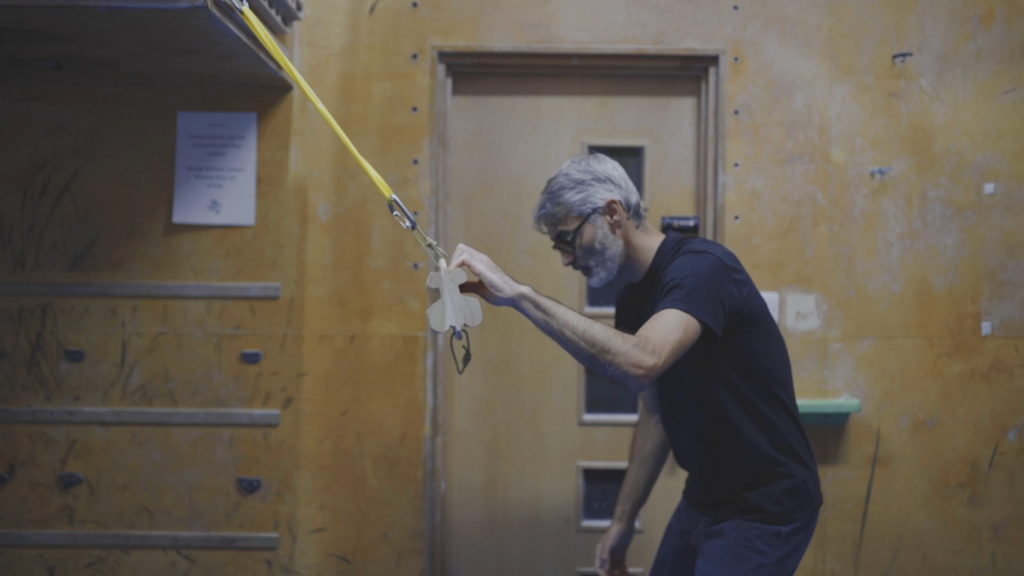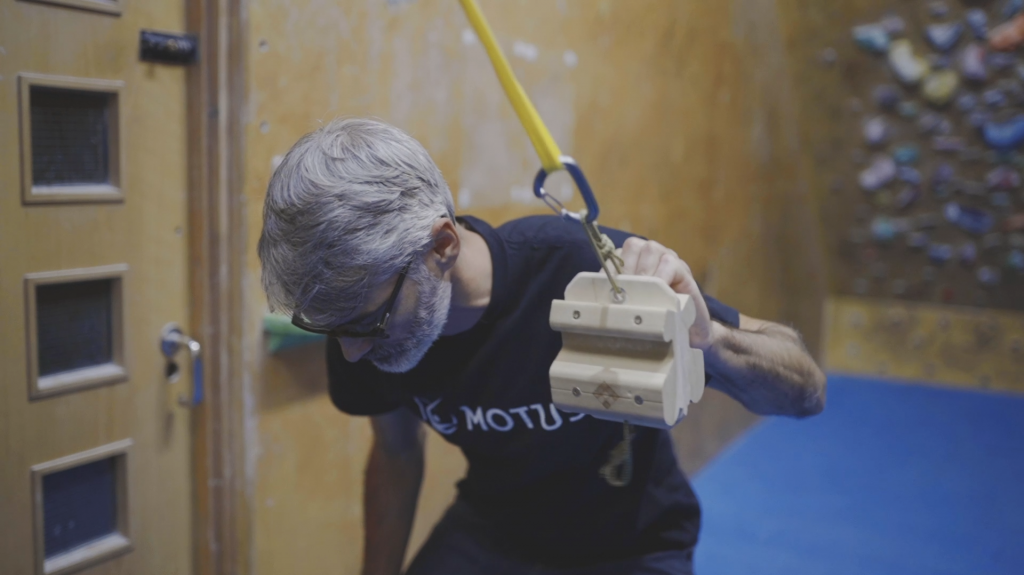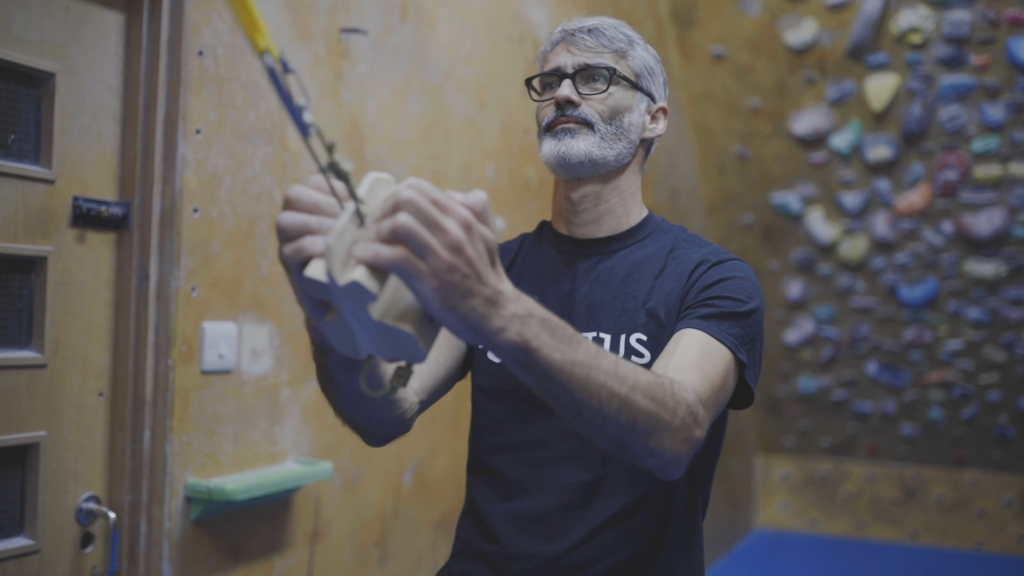Lattice Pinch Block: Warm Ups & Rehab Exercises From Physio Cris Costa.
Addressing the severity of your injury, taking time out to recover, mobilising the injury to increase blood flow, but most importantly allowing healing and recovery.
A hot topic in climbing will always be around finger injuries – unfortunately it’s something that will have a high chance of occurring somewhere in every climber’s life. Importantly, we’ve got to learn to deal with it and how we will balance this with the training that we’re going to be doing every week.
First off, you need to address how severe the finger injury is – if it’s causing you pain non-stop then this is a clear signal! Trying to carry on (regardless of pain or psyche levels), is rarely a good idea. In the acute phase loading of the tissues should be massively reduced…. AKA stop doing so much climbing and/or hangboarding!

Next you need to take some time to reflect on how serious it is and likely go see a professional. Also remember that you’ll need some time to pass in the initial few days to better understand what’s going on. Lots of people jump to conclusions or panic too early. This window of time (and assessment) will help you understand the next steps that might be needed.
The next step that we often find useful, is to start doing some mobilisation work on your fingers such as finger glides, theraband manipulations, and rice buckets and just moving your hands around in a varied (but not to the full limit) range of movement.
You can then start adding in some light task work, so very very easy climbing on jugs and grip positions that don’t feel uncomfortable at all. This will get more blood flow to the area and promote better soft tissue healing, depending on the injury that you’ve got. It’ll also give you further feedback on the severity of the injury. We’re not big fans of stopping 100% of all climbing!

We spend a lot of time reassuring people that the most important thing is actually the direction of the injury, not the rate at which the injury is changing or what’s occurring on a physical level (much of which will likely remain unknown). The key is to make sure it’s traveling in the right direction, i.e. it is getting better, albeit sometimes quite slowly. If you’re using a certain method of rehab (or loading) and the direction is in the wrong direction… again, you must pay attention to that! Even if you think you’re doing the right thing. Your pain levels are giving you clear feedback.
Eventually, with patience and time, comes the ability to be progressive with the loading. Most soft tissue injuries respond well if, as you start to bring in climbing again more and more, just making the loading (intensity and/or volume) very slow and gradual and progressive – do not rush it!

Where the situation above differs – needs a slightly different approach – is with the injuries in junior climbers. If you see any junior climbers who have a finger injury normally it’s best to get booked in straight away with a doctor and try and investigate whether there’s any growth plate trauma because the repercussions of ignoring this type of injury are really serious and can have long term effects on an athlete’s health. Get booked in early and treat them a little bit more seriously than some of the adult injuries (especially in the fingers!)
In summary, managing injured fingers is both simple and complicated. There are some simple and effective steps that most climbers should take in this situation, but like many situations with the human body, not all people respond in the same way! This is especially relevant when you’re looking at climbers with unusual/unique training and injury histories. If you’re struggling to see a positive response from a simple approach, seeking professional advice is often your next step.
Checkout our full length video below for rehab ideas from Cristiano Costa.






